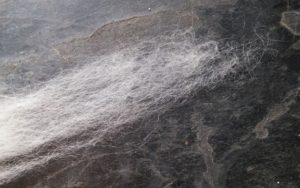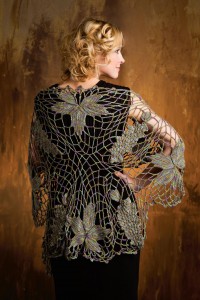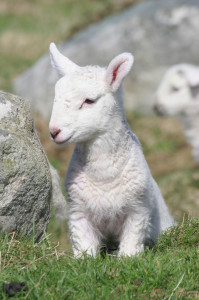 Not all wools are created even (You may have heard me say this before). When I was a kids I gained a negative perspective on several things that I had only been exposed to in its poorest quality. A few of these things were in foods…I dislikes butter and cheddar cheese for years, but later understood that the really poor quality products that were supplied through the government commodities program during the era of my childhood should not be defined as butter or cheese. After experiencing better quality it is hard to go back.
Not all wools are created even (You may have heard me say this before). When I was a kids I gained a negative perspective on several things that I had only been exposed to in its poorest quality. A few of these things were in foods…I dislikes butter and cheddar cheese for years, but later understood that the really poor quality products that were supplied through the government commodities program during the era of my childhood should not be defined as butter or cheese. After experiencing better quality it is hard to go back.
This was also true for me with regards to wool. As a kid my wool exposure was really poor quality wool blankets. Granted they did the job of keeping you warm, but you did not want them anywhere near your skin, as it would cause nothing but itching.
After being exposed to wool products of quality I understand that they are soft, warm, and nothing what I was initially exposed to. So what causes this “itchy” factor? Typically it can be caused by a couple of things.
For on, it could be the staple (length of the “fur” cut from the sheep). If it is short, then both ends of the staple or close in length and often blunt cut. One way to think of this is stubble of an area that has been shaved. As the hair grows back it is often bristly to the touch and if you let it grow out a couple of inches and cut it off, it is still going to feel a bit bristly. This is true with the staple of wool, so a short fiber can create a yarn that can scratch.
Another factor that can contribute to the “itchy” factor is the micron count of the fiber. This basically means how big the diameter of each fiber is. The smaller the diameter that softer the wool. Different breeds of sheep have different micron counts to their wool, with the best known in the yarn world being Merino. Merino has a small micron count, thus a soft yarn. In the era of my childhood I think that the wool I was exposed to was from fleeces that were removed from sheep that were bred of meat purposes, and if a breed is good for meat it is not typically great for wool, and vice versa.
That does not mean that you don’t find poor quality wool in yarn today, in some cases it has a purpose. It is often made into rugs. So when you are looking for a wool yarn, be mindful of what purpose you would want to have it worked as. Does it feel comfortable against the area just under your chin? If it does, then consider it for your fabrics that are close to the skin. If they have a slight scratch, but not completely horrible? Then maybe consider an outer wear garment like a coat; something that will not be directly sitting on the skin. It is something that is immediately uncomfortable? Then consider a nice wool rug, or bag.
I may not have found a use for the butter and cheese of my youth, but at least I now understand the wool, and have some ideas for it.



